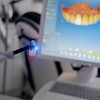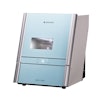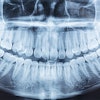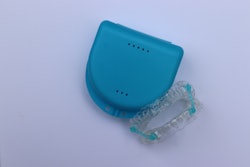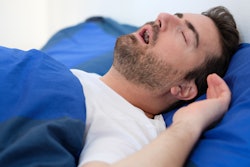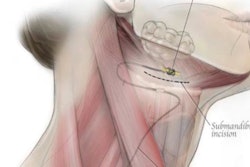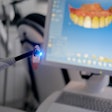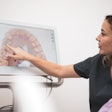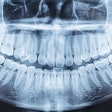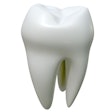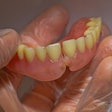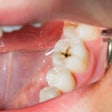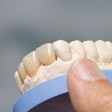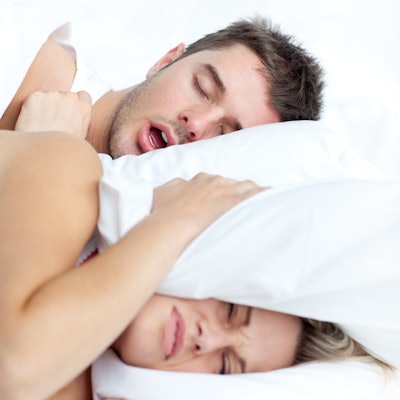
Dental patients' craniofacial features may predict whether oral appliance therapy will reduce their obstructive sleep apnea (OSA), according to a study published on January 22 in the Journal of Oral Rehabilitation.
A patient with a higher baseline apnea-hypopnea index (AHI) and increased gonial angle were less likely to see their sleep apnea improve by wearing a mandibular advancement device (MAD), the authors wrote.
"The negative effects of baseline severity of OSA have already been reported in many studies, while the gonion angle emerged as another important factor influencing the treatment results," wrote the authors, led by Dr. Xuemei Gao of Peking University School and Hospital of Stomatology in China.
Though MADs offer a noninvasive way to help patients with OSA, treatment response varies.
To explore the role of craniofacial features in patients' response to oral appliance therapy, the authors conducted a retrospective study of 42 males with a median age of 41 and an AHI of 21.5 events per hour (±13.8). Of these patients, 13 had a low mandibular plane angle, 14 had an average angle, and 15 had a high angle, according to the study.
While patients were monitored at home by a device, adjustable MADs were used to titrate the mandible forward from 0 mm with an increment of 0.5 mm every day.
The groups were compared by evaluating polysomnography outcomes, mandibular protrusion levels, changes in upper airway magnetic resonance imaging measurements, and nasal resistance, according to the study.
The normalization rate, which is an AHI of less than 5 events per hour, was about 92% in patients with low mandibular plane angles. In patients with average angles, the normalization rate was approximately 57%, and it was about 47% in those with high angles, the authors wrote.
Next, the authors conducted multivariate logistic regression, which revealed that increased gonial angle (odds ratio [OR], 0.88) and baseline AHI (OR, 0.87) can reduce the probability of normalization, according to the results.
Nevertheless, the study had several limitations, including the small sample size.
"In conclusion, our findings demonstrate that high mandibular plane angle could be an unfavorable factor to MAD treatment," Gao et al wrote.

